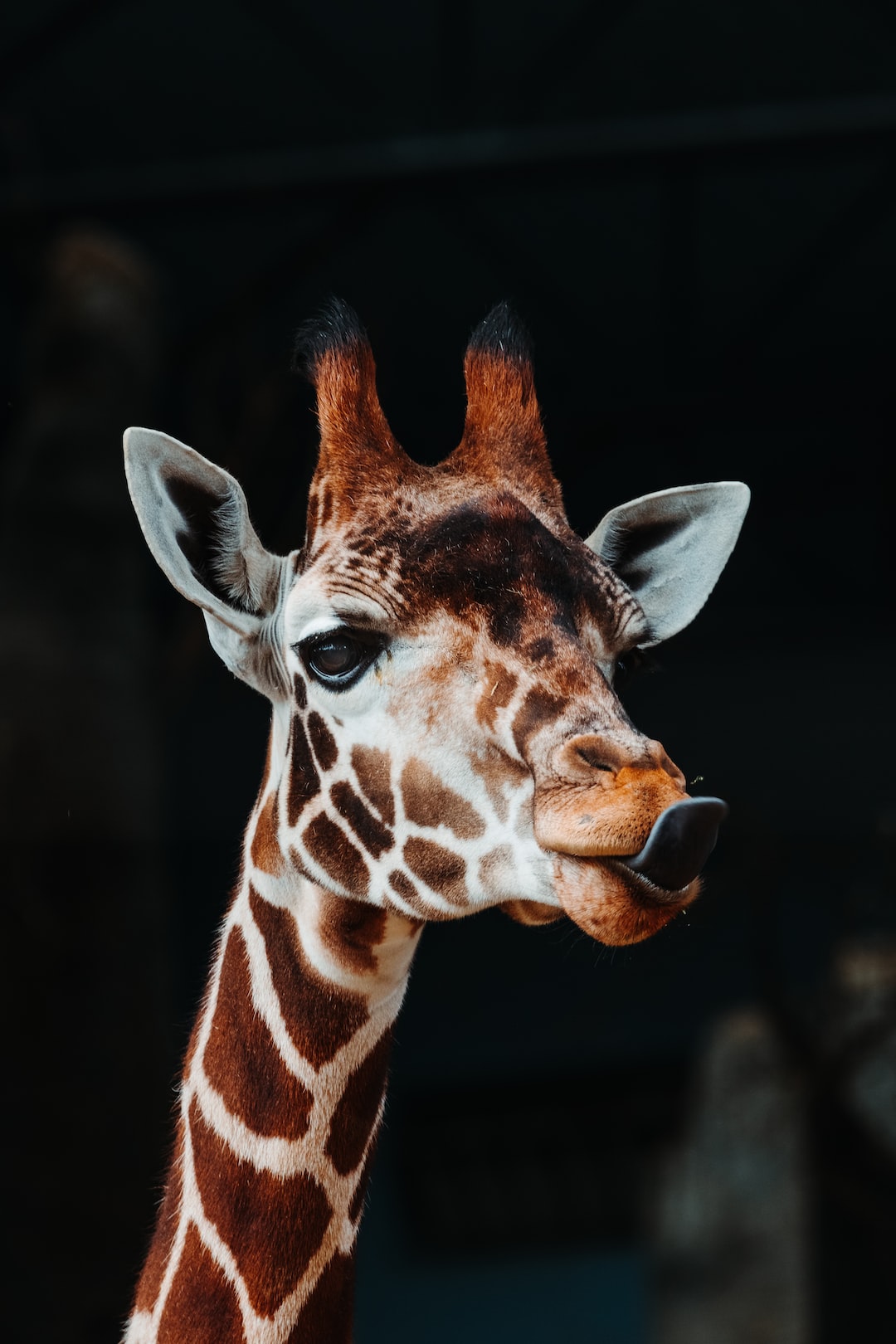The Curious Adaptations of Desert Animals: Survival in Extreme Conditions
Deserts are unforgiving landscapes, characterized by scorching heat, aridity, and sparse vegetation. For most animals, these extreme conditions would be a death sentence. However, there is a remarkable array of creatures that have not only managed to survive but also thrive in the harsh desert environment. The secret to their success lies in their curious adaptations, which allow them to tolerate and even exploit the challenges posed by the desert.
One of the most iconic desert animals is the camel. These magnificent creatures have long been associated with the desert, and their adaptations are nothing short of extraordinary. Camels possess a series of physiological mechanisms that enable them to withstand the punishing heat and drought of their surroundings. Their humps are often mistakenly thought to store water, but in reality, they store fat. This fat serves as a source of energy when food is scarce, and its metabolization generates metabolic water, which helps to keep the camel hydrated. Additionally, camels have long legs that elevate their bodies above the scorching ground, and their wide, cushioned feet distribute their weight and prevent them from sinking in the shifting sands.
Another fascinating adaptation seen in desert animals is the ability to survive for extended periods without water. One such creature is the fennec fox. This nocturnal animal lives in the vast Sahara Desert and has incredibly large ears, measuring up to six inches in length. These oversized ears not only provide excellent hearing, but they also help the fennec cool down by dissipating heat. Furthermore, their kidneys are highly efficient at conserving water, allowing them to expel concentrated urine and retain the precious fluid. The fennec foxes are also able to extract moisture from their food, such as insects and plant matter, enabling them to survive in areas with minimal water sources.
Desert reptiles also showcase remarkable adaptations that enable them to cope with their extreme environment. The sidewinder rattlesnake, for instance, has developed a unique method of locomotion. Instead of slithering along the hot sand like most snakes, the sidewinder moves using a specialized side-winding motion. This technique allows only two small points of contact with the ground, reducing the surface area exposed to the scorching sand and minimizing the heat absorbed. Furthermore, their skin contains a granulated texture that provides additional traction, ensuring they do not slip or overheat while moving.
Another example of reptile adaptation is found in the Gila monster. This venomous lizard resides in the deserts of North America and endures in a land where water is scarce. To ensure its survival in such arid conditions, the Gila monster has developed the ability to store fat in its tail, allowing it to go for months without eating or drinking. Additionally, its venom serves a dual purpose. Not only does it aid in capturing prey, but it also helps the Gila monster save precious fluid. The venom kills small animals relatively slowly, allowing the Gila monster to track its victim until it succumbs to the venom, reducing the need to chase prey and thus conserving energy and water.
Insects are perhaps the most resilient creatures when it comes to adapting to desert conditions. The Namib Desert beetle is a remarkable example of nature’s ingenuity in overcoming adversity. This beetle has a unique method of obtaining water in one of the driest places on Earth. Its exoskeleton features a pattern of bumps, each with a hydrophilic (water-attracting) surface and surrounded by water-repellent areas. During the foggy mornings, the beetle positions itself atop sand dunes, lifts its body, and allows the moisture in the air to condense on its hydrophilic bumps. The collected water then flows into channels on its exoskeleton and is directed towards its mouth, providing a much-needed source of hydration.
The adaptations of desert animals are not limited to physical characteristics but also include behavioral and reproductive strategies. For example, the kangaroo rat has developed efficient ways to minimize water loss. It spends the day in underground burrows, coming out at night to forage for food. During its nightly escapades, it concentrates its urine to conserve water, minimizing the loss. It also gathers seeds rich in essential nutrients, allowing it to obtain both water and sustenance from its food.
In conclusion, the curious adaptations of desert animals showcase the incredible ability of life to find a way in environments that seem uninhabitable. These magnificent creatures have evolved unique physical, physiological, and behavioral traits that enable them to overcome the challenges posed by the desert’s brutal conditions. From camels with their humps and efficient metabolization of fat, fennec foxes conserving water while extracting moisture from their food, to reptiles’ specialized locomotion and venom adaptations, and insects utilizing fog to harvest water, each creature has its own remarkable strategy for not only surviving but flourishing in the harsh desert environment. Their adaptability not only provides insight into the wonders of natural selection but also serves as a testament to the tenacity and resilience of life itself.

